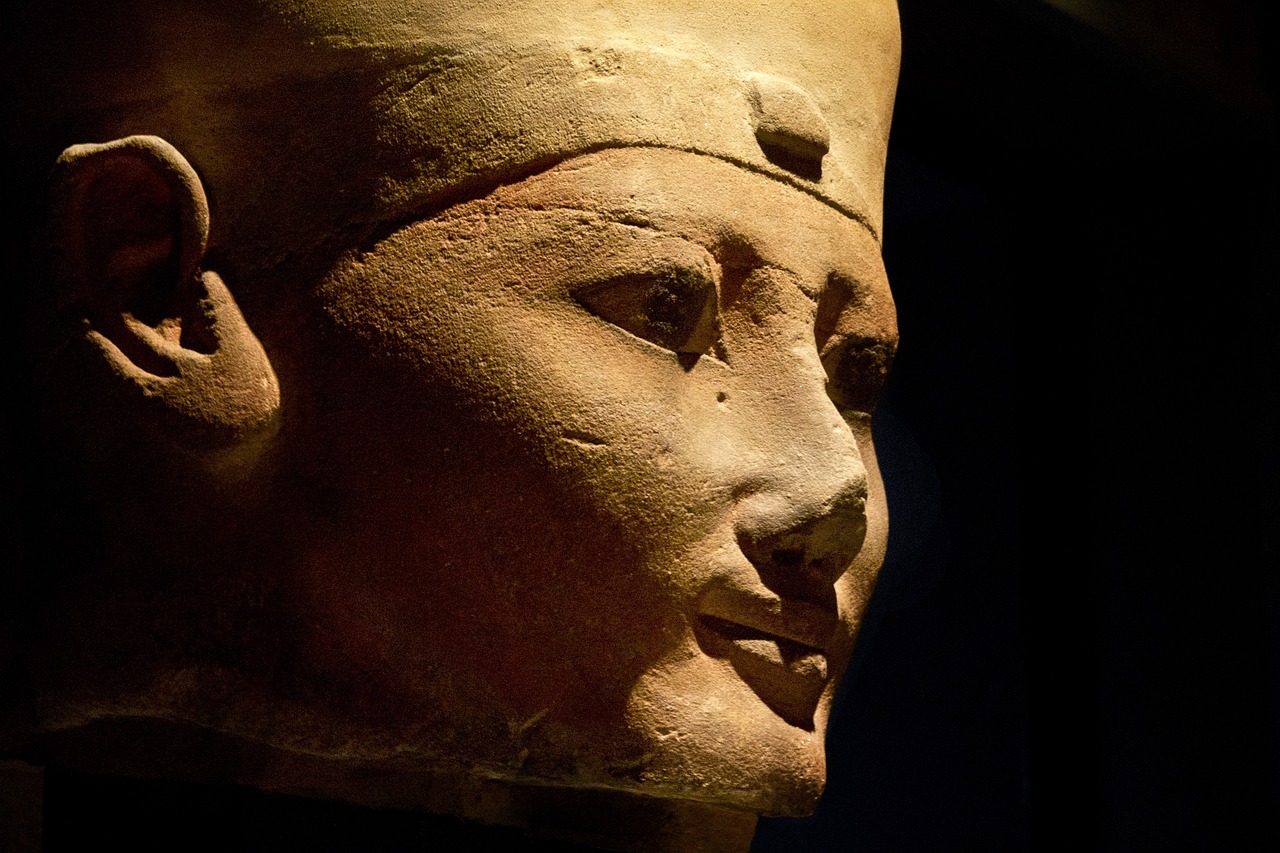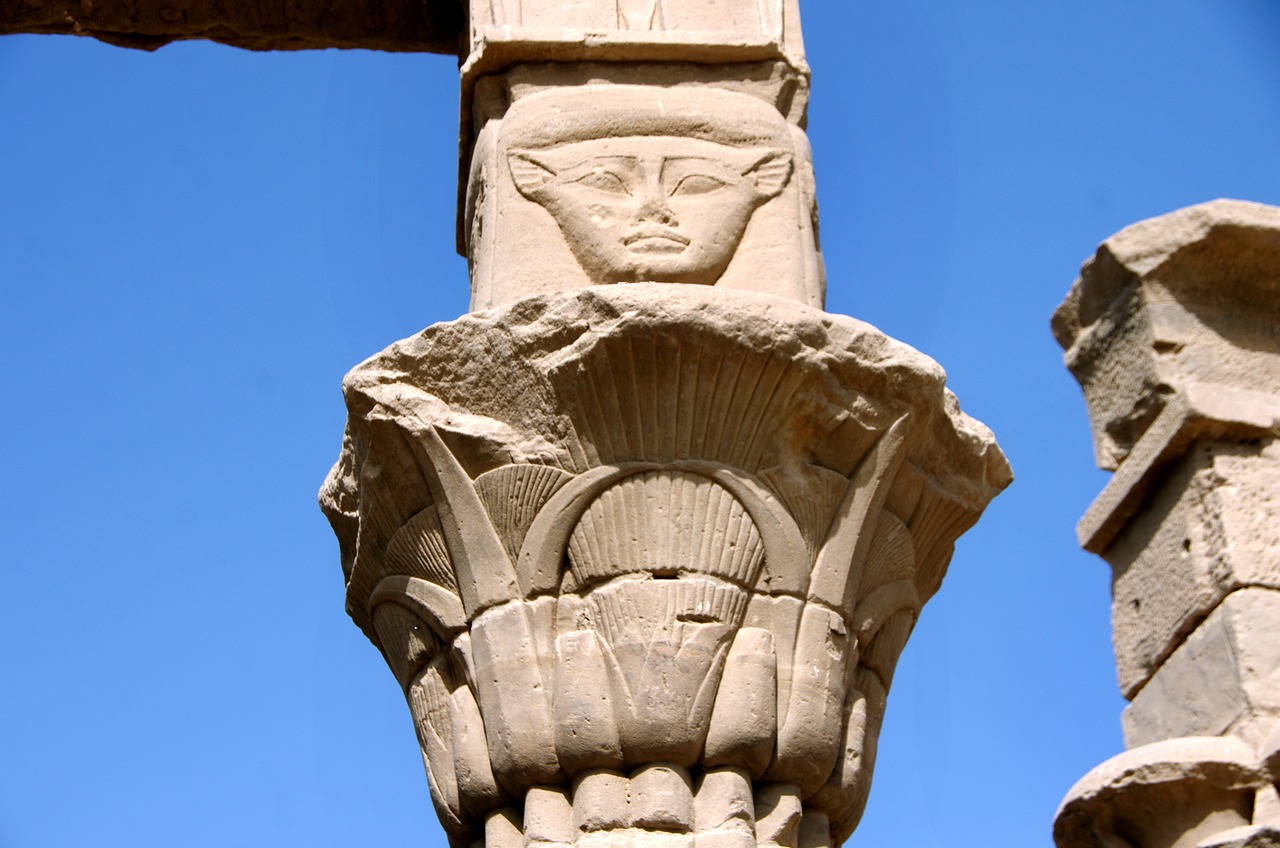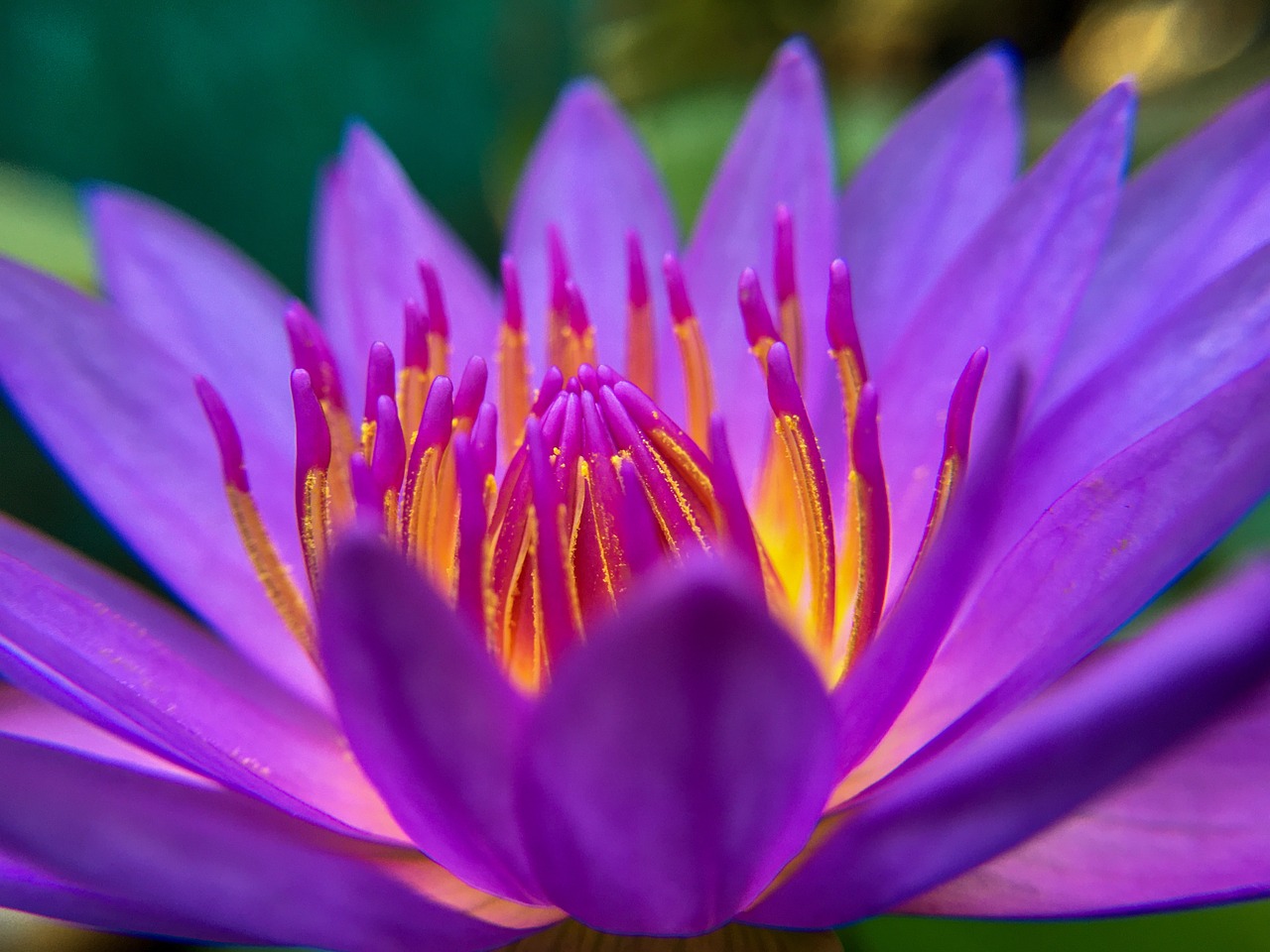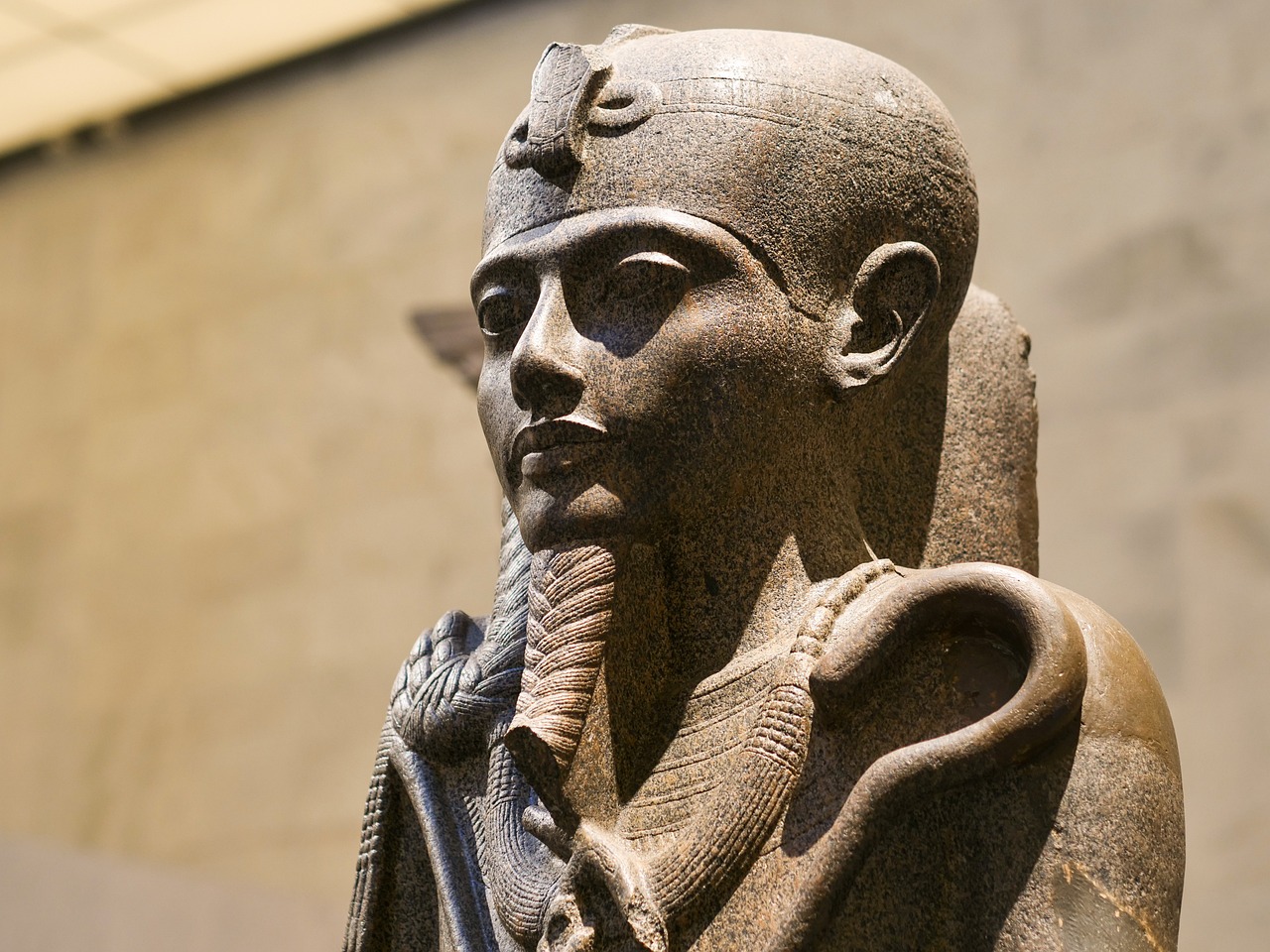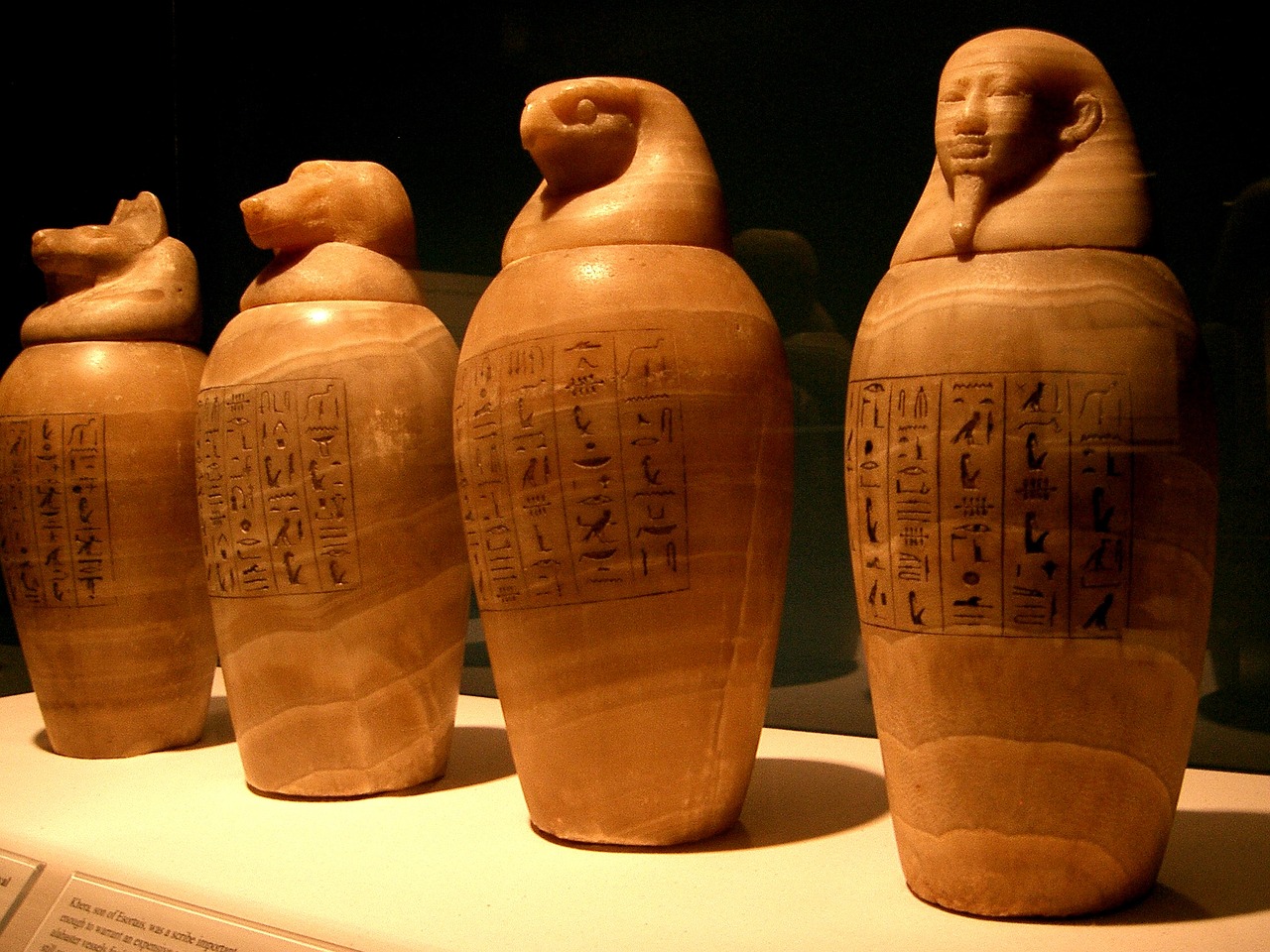Tag: Egyptian mythology
-
The pantheon of ancient Egyptian deities is rich with figures that embody various elements of both human experience and the natural realm. A particularly significant deity within this grand assembly is the goddess Mut, who symbolizes maternal strength and divine motherhood in the mythology of ancient Egypt. Her myriad forms of influence, extensive symbolism, and…
-
Sobek, also referred to as Sebek, Sobki, and others, was the ancient deity associated with crocodiles revered in Egyptian mythology from the Old Kingdom era through the Roman period. He is featured in the Pyramid Texts and was primarily recognized as a creator god, believed to have emerged from the primordial “Dark Water” to establish…
-
Isis, the Egyptian deity celebrated for her roles in love, healing, fertility, magic, and the moon, was a pivotal figure in ancient Egyptian spirituality. Known by various names like Aset or Eset, she stood as the most venerated goddess throughout Egyptian history, maintaining her prominence even during the Greco-Roman period. Some historians suggest parallels between…
-
Wadjet, also known by various names such as Wadjyt, Uto, and Buto, ranks among the most ancient goddesses of Egypt. Her veneration can be traced back to the Predynastic Period, although her role evolved over the centuries. Initially celebrated as the local deity of Per-Wadjet (Buto), she soon emerged as the guardian goddess of Lower…
-
Meretseger: The Egyptian Goddess of Tomb Workers Meretseger stands out as a significant figure in ancient Egyptian mythology, revered as the goddess of tomb workers. This deity is deeply connected to the myths and legends of ancient Egypt, particularly as the protector of the necropolis located in the Valley of the Kings. Known for her…
-
This week, I delve into the intriguing figure of the goddess Neith. My fascination with her began during my university studies, particularly when I was tasked with an assignment focused on ancient Egyptian mythology. Throughout my academic journey, I discovered a keen interest in themes related to gender, funerary practices, and mythology. Given this backdrop,…
-
Apophis: The Great Serpent in Ancient Egyptian Mythology Apophis, known in ancient Egyptian culture as Apep, symbolizes the Great Serpent and stands as the nemesis of the sun god Ra. In this religious context, Ra’s heavenly vessel traverses the sky from dawn until dusk, subsequently descending into the underworld. However, during this nighttime journey, Apophis…
-
In exploring Ancient Egyptian deities, the topic of moon gods is often overshadowed by their sun counterparts. Thoth, initially recognized as the chief moon god, gradually evolved into a broader symbol of wisdom and time, leading to Khonsu assuming the moon deity role. Later, during the Late Period, Iah emerged similarly, as Khonsu’s identity shifted…
-
Seshat: The Egyptian Goddess of Writing Seshat, also known as Sefkhet-Abwy and Seshet, holds the prestigious title of the Egyptian goddess of writing and record-keeping. Her name translates to “female scribe,” and she is often depicted as a woman adorned with a leopard skin over her robe, complemented by a distinctive headdress featuring a seven-pointed…
-
Anubis, a pivotal figure in ancient Egyptian mythology, is known for his association with mummification, funerary practices, and guiding souls to the afterlife. With other names such as Inpu, Inpw, and Anpu, he embodies the essence of protection for the deceased and serves as a patron for lost souls. This deity is among the oldest…

